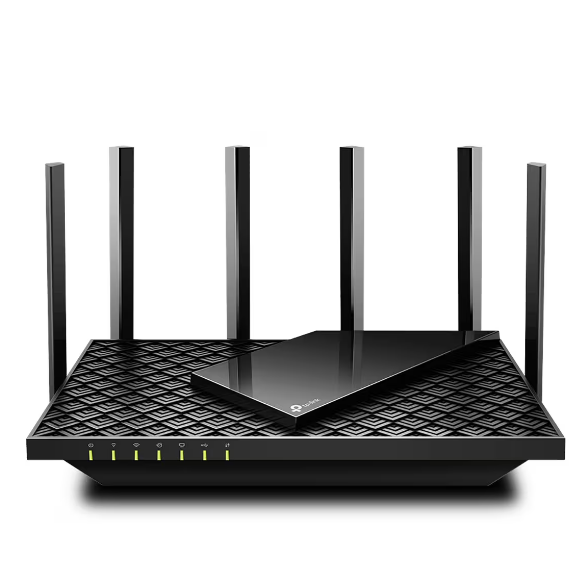The world of information technology is filled with a multitude of devices and technologies, each playing a unique role in the grand network of interconnectivity we have come to depend on in our daily lives. Amidst these numerous devices and terminologies, you may have heard of terms like 'modem', 'Ethernet cable', and 'router', and you may be wondering how they are all related. Specifically, the question may arise - is a modem an Ethernet cable?
To answer simply, a modem is not an Ethernet cable. They are entirely different entities, each with their distinct functions. The term 'modem' stands for Modulator-Demodulator, a device that modulates an analog carrier signal to encode digital information, and also demodulates such a carrier signal to decode the transmitted information. A modem serves as a primary bridge between your local network and the internet.
On the other hand, an Ethernet cable is a type of network cable used for wired networks. It connects devices within a local area network, such as computers, routers, and switches. An Ethernet cable facilitates the transfer of data between devices in a network, ensuring quick and reliable communication.

Now, what's the role of a router? A router is a device that routes data packets between computer networks. It reads the information in these packets and directs them to their appropriate destination. You can imagine a router as a sort of "postmaster" for your local network. It receives the data packets and sends them to their correct addresses.
Among the numerous router brands available on the market, one that stands out due to its robust performance, reliable connectivity, and advanced features is the Wavlink Router. This device supports high-speed internet, offering an enhanced and seamless browsing experience.
The Wavlink router comes with multiple ports that allow you to connect various devices. One of these ports is designed to connect to your modem using an Ethernet cable. Here's how it works: the modem receives internet data from your service provider, and through the Ethernet cable, this data is transferred to the router. The router then broadcasts this data to the various devices in your network.
In conclusion, a modem, an Ethernet cable, and a router like the Wavlink Router are all distinct entities playing unique roles in a network. A modem receives and sends data to your internet service provider, an Ethernet cable transfers data between devices in a local network, and a router directs these data packets to their correct destinations. Together, they ensure that you have a reliable and efficient internet connection. Understanding the function of each component can help you better troubleshoot network issues and enhance your overall internet experience.
